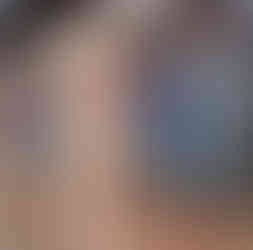FANS USED IN MECHANICAL VENTILATION
- Chief Engineer M. Sanguri (Bright Hub Engineering)
- Jul 31, 2017
- 2 min read
Mechanical ventilation is a method of forced or induced ventilation by using mechanical air handling systems, commonly called HVAC systems. Mechanical ventilation is more controllable than natural ventilation.
In Mechanical Ventilation blowers, fans, filters, and ducts are used for transporting and removing air from a space.
There are two types of fans used for the transmission of air. When the air enters the impellers axially and is discharged radially from the impeller, it is called a centrifugal or radial flow fan. When the air flows parallel to the axis of impeller, it is called an axial flow fan.
Centrifugal Fan: Centrifugal fans are very popular in the duct air conditioning system. The centrifugal fan has an impeller mounted in a volute casing. The fan impeller of the centrifugal fan can have the following profiles:
Radial or straight blades: It is a simple impeller construction. The blades run straight from a central point. These fans provide very high pressure at high speeds of rotation.
Forward Curved Blades: These blades are shallow in depth. These fans are efficient and have less noise.
Backward curved blades: They have to be operated at higher speeds for same pressure. Due to their higher speeds they can be directly coupled to the motors.
Axial Flow Fan: These fans are never used in duct air conditioning system as they cannot develop high pressures, however they can handle large quantities of air. The axial flow fans are of the following types:
Propeller Fan: A propeller fan consist of a propeller in a mounting ring. They are used when the resistance to air movement is small as in the ventilation of bathrooms, and attic spaces.
Tube Axial Fan: It consists of a propeller fan housed in a simple cylinder. These types of fans can be installed in round ducts. The air flow in the tube is spiral on its way out.
Vane Axial Fan: A vane axial fan has a tube axial fan along with guide vanes to stop the spiral movement of air.




























Comments